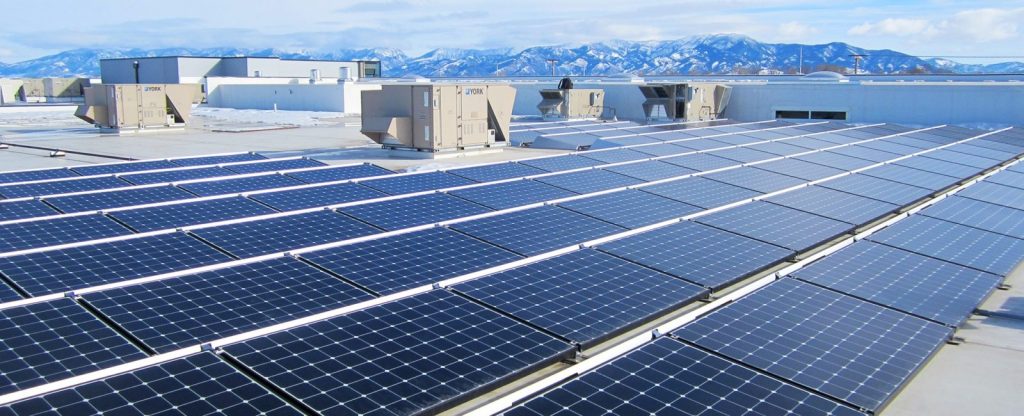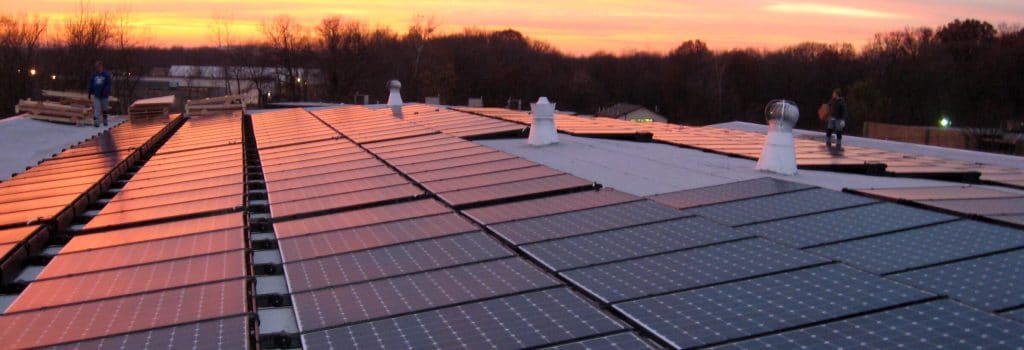



Typically, a commercial-scale solar system is 30kW or above. Based on the current Federal Government support scheme for renewable energy, Small-scale
Renewable Energy certificates (STC) are only for Residential and smaller commercial systems under 100kW, whereas, systems over 100kW will qualify under the Large-scale Generation Certificate (LGC).
This is a different support process by the Federal Government for the system owner. It is important for the business owner to consider and determine which support scheme will be most beneficial.
For all solar systems which are being connected to the grid, approval must be obtained from the network distributor.
However, the application and process of approval for commercial-scale systems is much more time-consuming.
These applications require all details of the property and the proposed system, as well as the engineering diagram.
For this reason, engaging with an installer with extensive engineering ability and commercial-scale experience is essential to ensure the project is carried out as expected.

It’s a common misconception that a commercial-scale solar system comes with a large upfront cost.
For an attractive solar project, the majority of the time, the loan repayments are actually lower than the energy savings, meaning businesses can create a cash flow positive outcome with no upfront costs.
In most cases, paying upfront for solar will deliver the greatest total return. Paying upfront for a system provides you with full ownership right away, easy to understand payment with no third party financer and GST being able to be claimed in the next business activity statement.
These loans typically offer a 0.70% discount on headline rates for investments into clean-energy assets and are available from Australia’s major banks. A large number of providers means ample choice on rates and packages, as well as a, save on interest costs.
A PPA provider pays for and owns the solar system, selling the energy it produces to the business directly at an agreed-upon rate that is lower than energy from the grid. PPAs offer no up-front costs and instant energy bill savings from the time of installation.
Operating leases are designed to provide a fixed monthly repayment similar to an energy-efficiency loan, however, provide the ability for a company to deduct repayments.
Repayments are fixed through the length of the contract and are usually tax-deductible. A solar system is designed to have a lifetime of 15-20 years. Engaging your commercial-scale solar system with a long-established company will back up your system and ensure your return on investment will be achieved on time and put your mind at ease.
System maintenance and monitoring – What is that for? To have your solar system working in optimum condition, even years after the installation, it is essential to have regular system examinations and maintenance.
A few solar retailers and installers have only DOLLARS in their mind and may want to skip the maintenance cost when quoting the job.
We recommend a system check-up one year after your solar panel installation, then every 24 months after this. This is to ensure that all wiring and accessories are still in safe working condition and wear-and-tear accessories are replaced.
The monitoring function helps the customer and/or installers observe any abnormalities or problems with the system, in order to prevent the risk of a system blackout.
-Kirsty (Space Solar Staff Writer)


 1300-713-998
1300-713-998